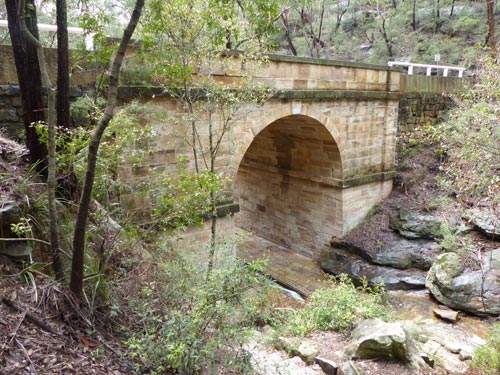The stone works mentioned in this song were crafted by a returned World War One soldier named William Shirley. They are in Ku-ring-gai Chase National Park New South Wales.
Continue reading “The Broken Soldier (Lyrics)”Blue Trail Village Scenes No 1
KATOOMBA HOSPITAL PRECINCT
The Eucalyptus oreades stand

(© Christine Davies)
Eucalyptus oreades (also known as Blue Mountains Ash) is found in scattered areas along the Great Dividing Range. It is along western parts of the Blue Mountains range, especially from Lawson to Bell, and on southern Newnes Plateau that it is most abundant. Stands of oreades, in various stages of maturity, flank major tourist asset areas including Leura Cascades and Radiata Plateau. Among the native trees found in the upper mountains, it is one of those with the most inspiring appearance.
In 1989, a stand of mature Eucalyptus oreades on railway land south of Katoomba Hospital was added to Blue Mountains Council’s Register of Significant Trees. Early this century, when the Great Western Highway was widened to four lanes, this stand of endemic trees was protected by separating the eastbound and westbound carriageways of the highway. In the final design, the westbound carriageway was effectively cantilevered in a section abutting the working lines of the railway. Nowhere else, in the four lane sections of the highway, has the design been so markedly modified to protect vegetation.
Eucalyptus oreades are described as especially vulnerable to large wildfires as trees lack a lignotuber and do not resprout from the trunk or higher branches. At around age 20 years the species develops a distinctive stocking of corky bark that provides some protection of the lower trunk during low intensity prescribed burns however.
In areas where construction and fire control activities will be widespread in future, stands of Eucalyptus oreades are among the more vulnerable natural assets. (Many thanks to Margaret Baker and Ian Brown for advice about Eucalyptus oreades.)
© Don Morison and Christine Davies
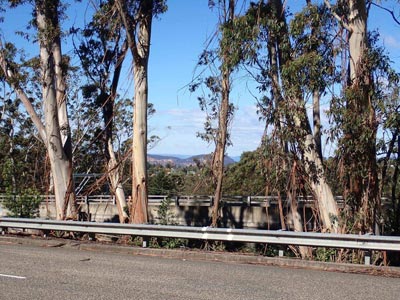
Staring History in the Face: A Personal Memoir of Lennox Bridge on Mitchell’s Pass
© Jim Low
We came to live at Glenbrook, in the Blue Mountains of New South Wales, towards the end of 1973, just before the birth of our first daughter. Our home was in Glenbrook Road which joined Mitchell’s Pass. A pleasant walk down the Pass brought us to Lennox Bridge, the old convict-built, sandstone structure named after its builder David Lennox.
Continue reading “Staring History in the Face: A Personal Memoir of Lennox Bridge on Mitchell’s Pass”BLUE TRAIL SPECIAL no. 4. Eurobodalla district and surrounds
The residents of bushfire affected tourist regions should visit each other’s stamping grounds on recreational trips in 2020.
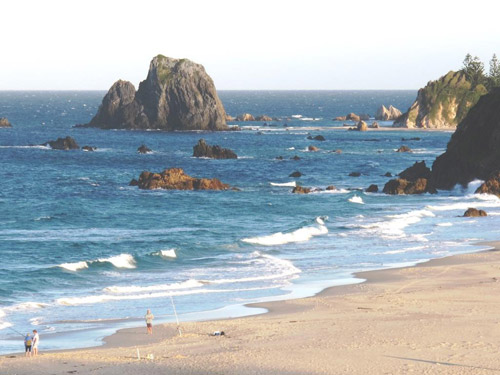
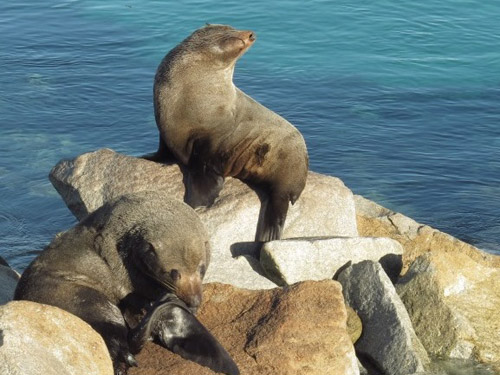
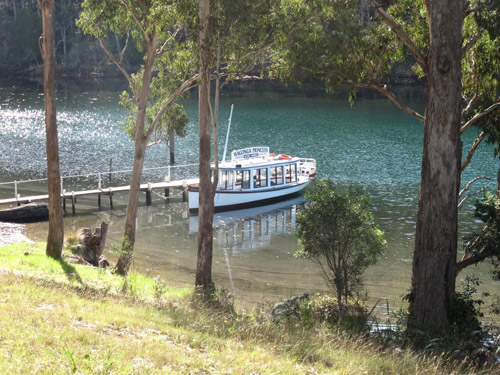
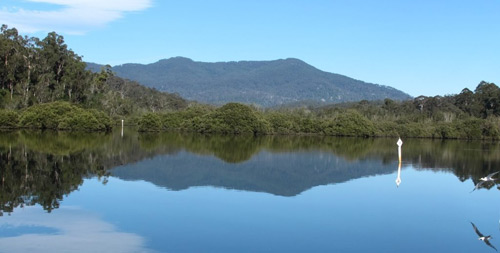
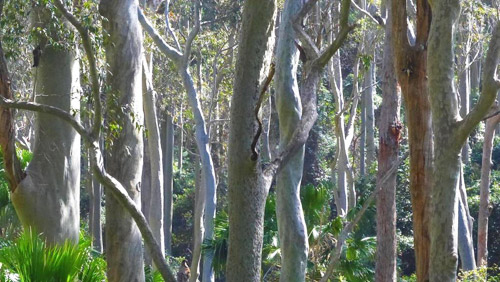

© Christine Davies and Don Morison
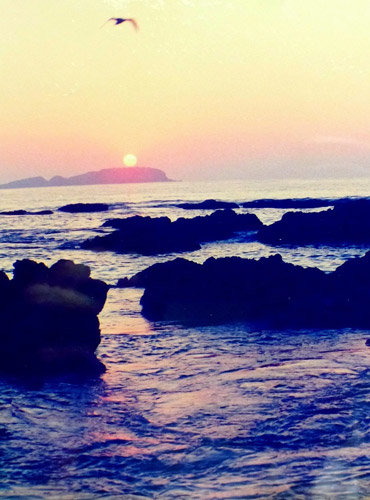
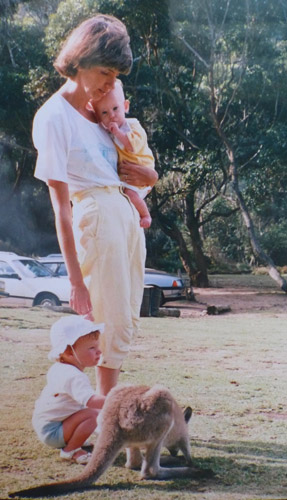 |
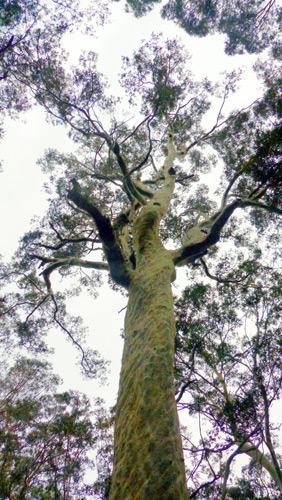 |

